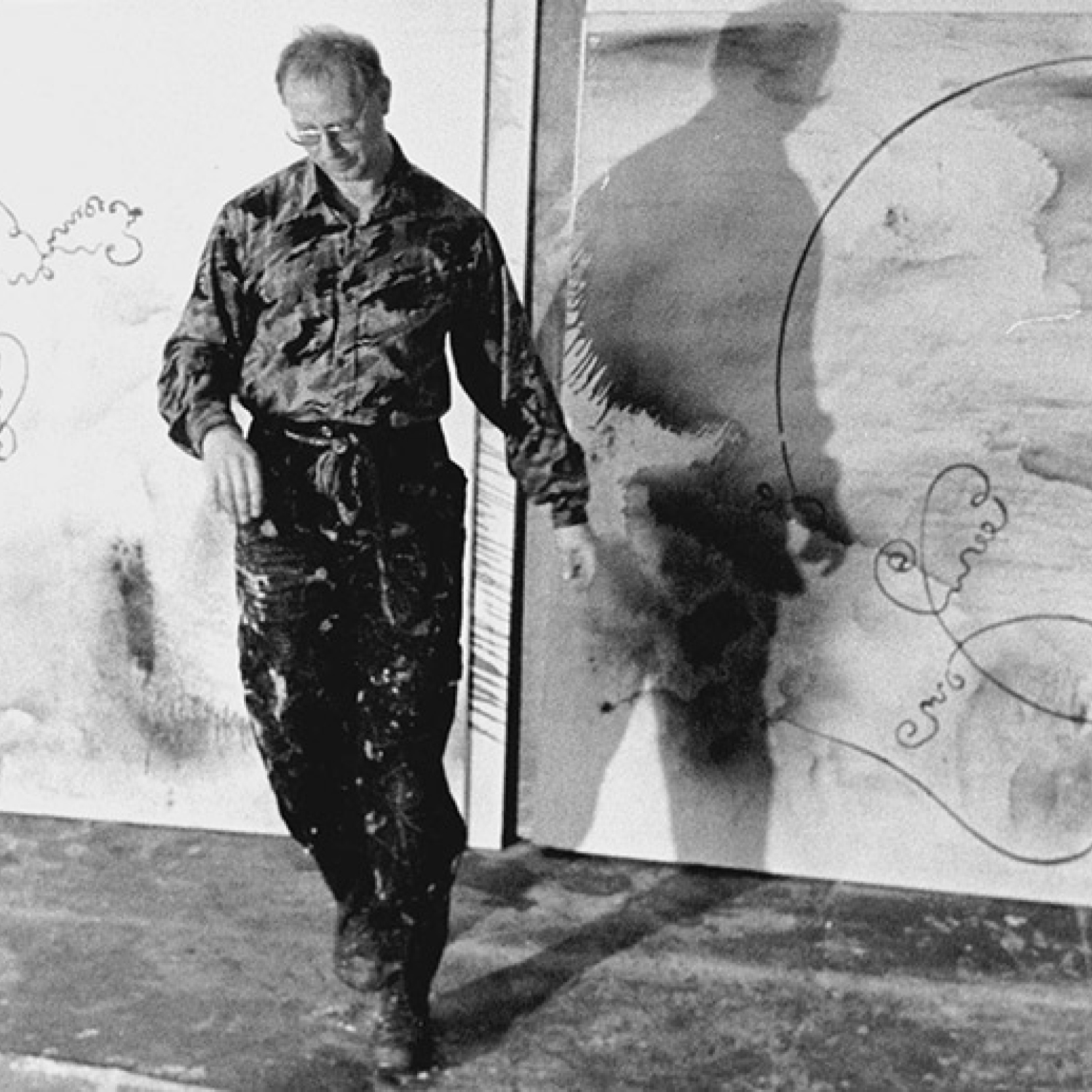The title of the exhibition, “Sous les pavés, la terre” (“Under the cobblestones, the earth”) refers to the energy for change that animated Polke’s early works in May ’68, but also evokes a strong grounding in reality that is found in both the German artist and Van Gogh. The two paintings by the Dutch painter that will accompany Polke’s works bear witness to this: Field Work (April 1885) and Potato Basket (September 1885).
Bringing together a vast array of paintings, photographs, sculptures, prints and films spanning the period from the 1960s to the 2000s, the exhibition aims to “highlight the complexity of the artist’s work, tinged with a wild, unexpected sense of humor, marked by the pleasure of experimentation and always underpinned by a keen observation of the world and committed stances”.
The encounter between Van Gogh and Polke at the Fondation Vincent van Gogh Arles reveals unexpected yet obvious links, notably via the motif of the potato. For Vincent, the tuber symbolizes the connection to the nourishing earth, the toil of peasants and the meal of the poor, while for Sigmar, the potato symbolizes post-war German “anti-glamour” everyday life, as opposed to the colorful American pop art that glorifies the new world of consumerism. However different Van Gogh and Polke may appear, what they have in common is a positive temperament, imbued with a profound humanism, and a desire to escape the norms of mainstream art.
The exhibition shows the seemingly erratic yet far-reaching and coherent evolution of Polke’s work, which attracts and inspires young artists today. On the one hand, it presents Polke’s famous works from the 1960s, in which he used the grid points of newspaper images, and on the other, watercolors and paintings such as Reiherbild II (Heron Image II, 1968), in which the virtuosity of the line – a kind of formal fetish – is mocked.

